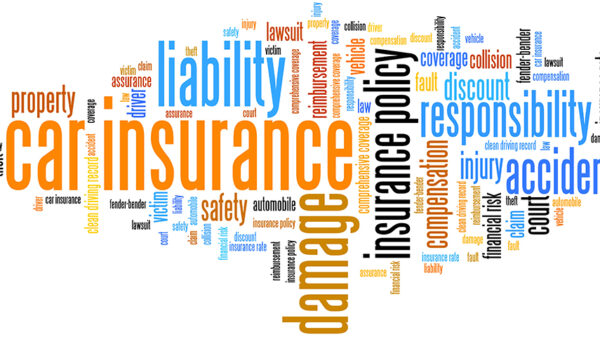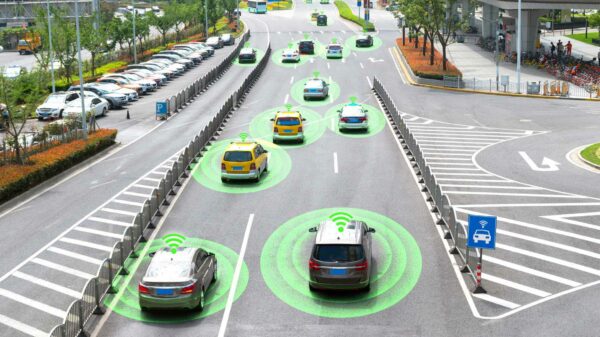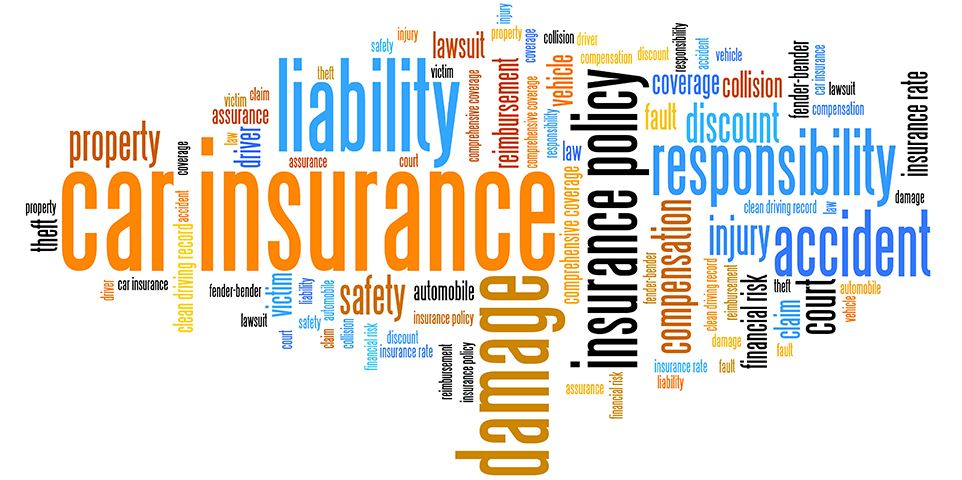Automobile insurance, commonly referred to as auto insurance or car insurance, is a contractual agreement between an individual and an insurance company that provides financial protection against losses resulting from auto-related accidents, theft, or other incidents. It is a crucial aspect of responsible vehicle ownership, as it safeguards individuals, their vehicles, and others affected by their actions on the road. This article will explore the various components of automobile insurance and shed light on what it covers in detail.
Liability Coverage:
Liability coverage is a fundamental component of automobile insurance. It provides financial protection when the policyholder is found legally responsible for causing bodily injury or property damage to others. This coverage typically includes medical expenses, legal fees, and property repair costs for the affected party.
Collision Coverage:
Collision coverage protects the policyholder’s vehicle in the event of a collision with another vehicle or object. It covers repair or replacement costs up to the actual cash value (ACV) of the vehicle, minus the deductible. This coverage is particularly important for new or valuable vehicles.
Comprehensive Coverage:
Comprehensive coverage is designed to protect against damage or loss caused by incidents other than collisions. It covers events such as theft, vandalism, fire, falling objects, natural disasters, and damage from animals. This coverage is often required by lenders when financing a vehicle.
Personal Injury Protection (PIP):
Personal Injury Protection, also known as “no-fault” coverage, is a mandatory component in some states. It covers medical expenses, lost wages, and other related costs for the policyholder and their passengers, regardless of who is at fault in an accident. PIP can be particularly valuable in areas where medical costs are high.
Uninsured/Underinsured Motorist Coverage:
Uninsured/underinsured motorist coverage protects policyholders from accidents involving drivers who either have no insurance or insufficient coverage. If the at-fault driver cannot cover the costs, this coverage ensures that the policyholder’s medical expenses and vehicle repairs are taken care of.
Medical Payments Coverage:
Similar to PIP, medical payments coverage covers medical expenses resulting from an accident, regardless of who is at fault. However, unlike PIP, it does not cover lost wages or other related costs. This coverage is particularly useful for individuals with high-deductible health insurance plans.
Rental Reimbursement Coverage:
Rental reimbursement coverage provides compensation for the cost of renting a vehicle when the policyholder’s car is being repaired due to a covered claim. It typically has a daily limit and a maximum reimbursement amount.
Towing and Labor Coverage:
Towing and labor coverage reimburses the policyholder for expenses related to towing their vehicle to a repair facility and covers certain labor costs, such as changing a flat tire or jump-starting a dead battery. This coverage is beneficial in case of breakdowns or roadside emergencies.
Conclusion:
Automobile insurance is a critical safeguard for vehicle owners, protecting them from potential financial losses resulting from accidents, theft, and other incidents. Understanding the components of automobile insurance, such as liability coverage, collision coverage, comprehensive coverage, personal injury protection,
uninsured/underinsured motorist coverage, medical payments coverage, rental reimbursement coverage, and towing and labor coverage, empowers individuals to make informed decisions when selecting their insurance policies. By securing comprehensive coverage, policyholders can drive with peace of mind, knowing that they are adequately protected in various situations that may arise on the road.



























You must be logged in to post a comment Login